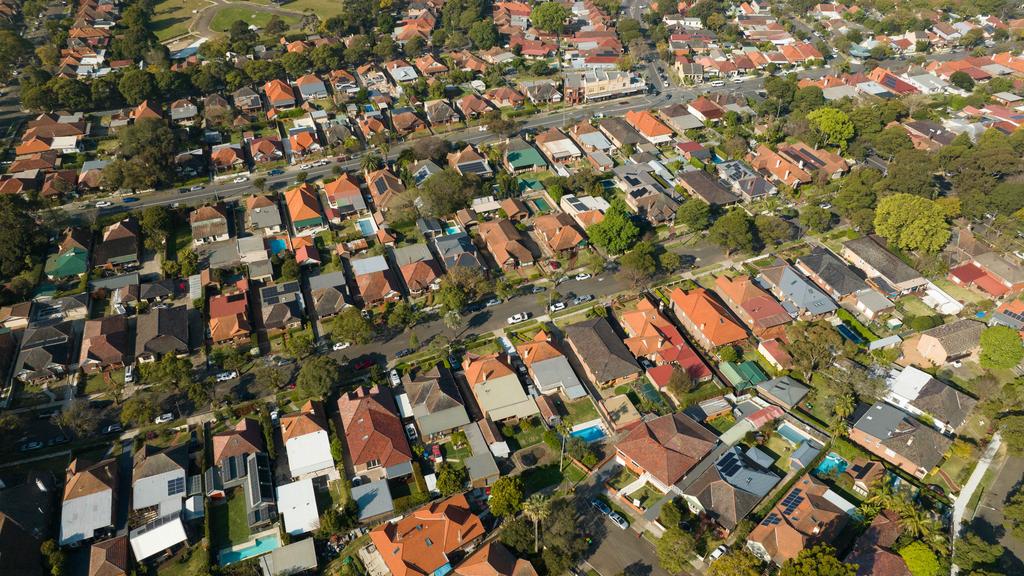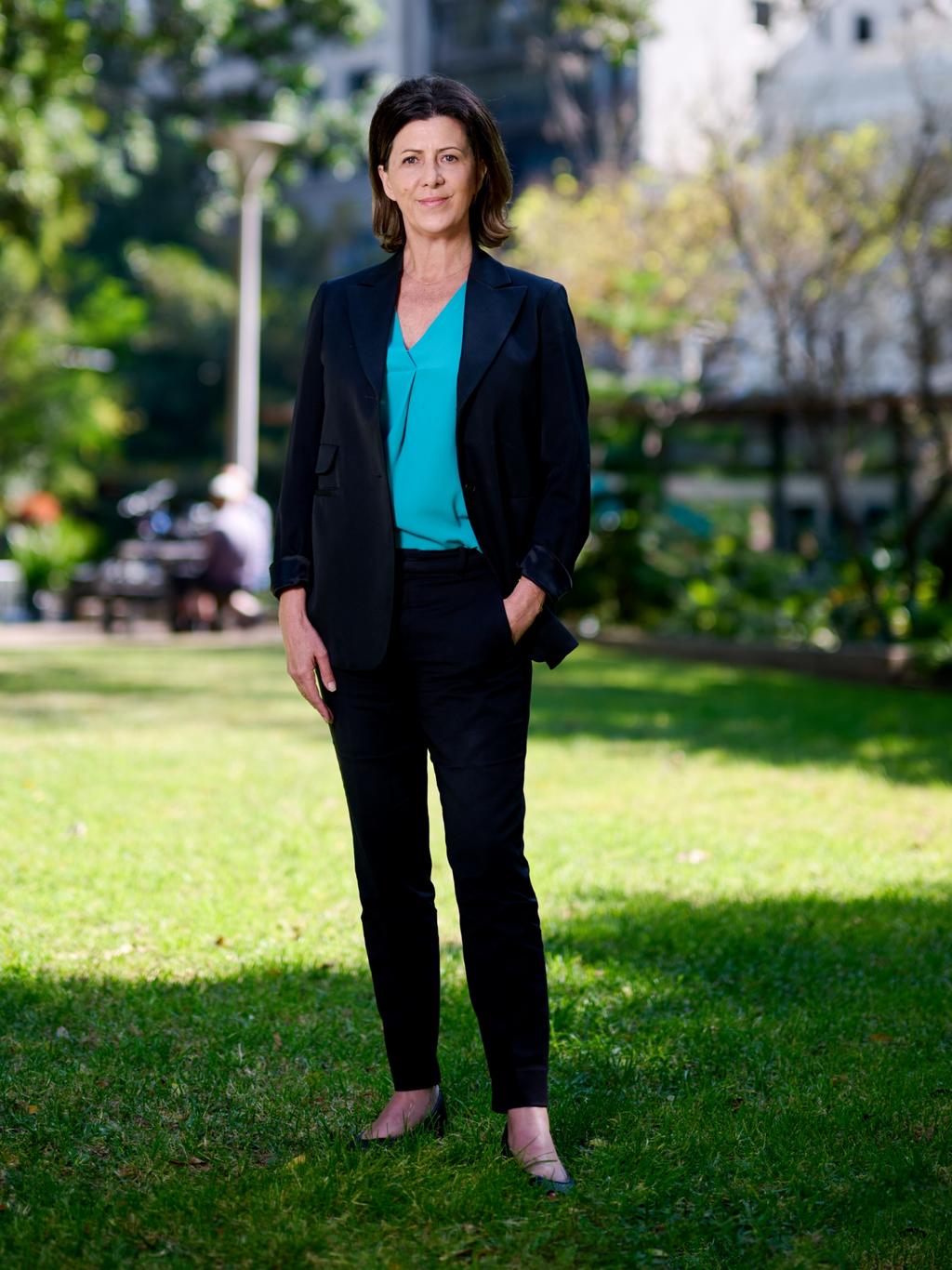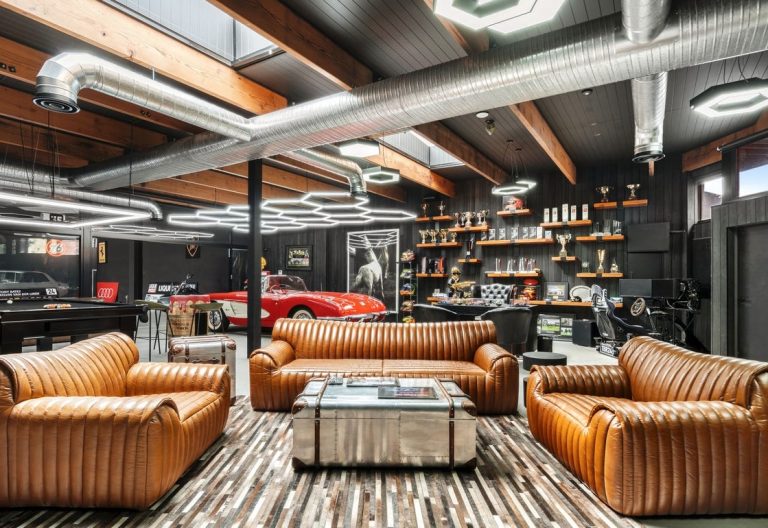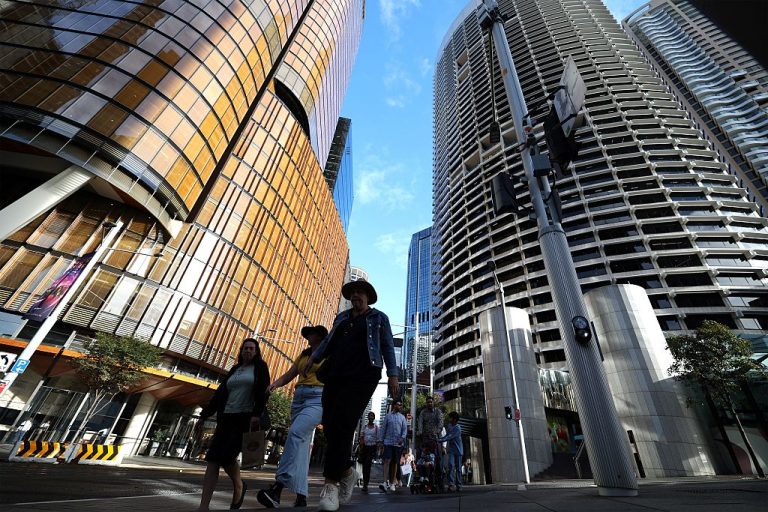Data shows density is key to community vibe

Established medium density inner-city areas are proven to have higher liveability. Picture: NCA NewsWire / Max Mason-Hubers
Lack of connectivity in new housing estates on the outskirts of capital cities is causing a liveability problem impacting younger Australians.
Booming populations in new estates are outpacing the delivery of key infrastructure necessary to create the connectivity and community residents are after, the latest Liveability Census from Place Score has found.
Areas such as Melbourne’s Dandenong and Maribyrnong were among the worst performing areas, with the top complaints citing few things to do in the evening, the limited range of housing prices and tenures and the lack of unique buildings or public space design.
On the flip side, established inner city areas with medium density were proven to have higher liveability. Perth’s Subiaco and Sydney’s Lane Cove and Hunters Hill reported the top scores in the country, with respondents favouring connectivity, local amenity and businesses and natural environment.
Place Score chief executive Kylie Legge said the data made a case for greater density in the community.
“People want walkable, local, affordable, sustainable green neighbourhoods,” Ms Legge said.
“It (the data) provides a bit of a mirror to the community that the thing they sometimes think is frightening is actually the very thing that would make them happier.”
Nationally, liveability fell one point since the last survey in 2021 to 66 points this year, after surveying 26,000 Australians.

PlaceScore CEO Kylie Legge.
However, 82 per cent of people said they were generally satisfied with how they lived. Areas such as Geelong and Launceston reported jumps in liveability of 7 and 5 points respectively, while the Gold Coast-Tweed Heads region and Albury-Wodonga fell as many.
The report also found those aged 25 to 44 were reporting lower liveability than their older counterparts, particularly in the outer core.
Ms Legge linked the result to many being unable to spend time in their communities because of long commute times and work hours.
Housing advocate and leader of Melbourne’s Yes In My Backyard (YIMBY) movement, Jonathan O’Brien, said the figures “should be a rallying cry for councils, state governments, and policymakers seeking more sustainable, politically viable housing policies across the country”.
“Density is not a dirty word,” Mr O’Brien said.
“In fact, the results of the Liveability Census demonstrate those living in these areas report higher liveability than anywhere else. The difference is not enormous, but it is there. And it shows clearly that while Australians love living all across Australia, we love living in urban, medium density areas just that little bit more.”
Chinese property giant Country Garden is attempting to sell down its master planned communities projects in greater Melbourne and outer south western Sydney to pay off creditors. The latter project, Wilton Green, has barely started, with just 50 of the planned 2,400 home underway, with sewage still being trucked out due to a lack of infrastructure.
Ms Legge said governments must rethink greenfield development.
“We can’t use the same tools that we have, which was to quickly just released another big land release, because we’re just creating this bigger and bigger liveability gap,” she said.
“It makes much more sense financially, but also socially and environmentally to say, how can we do this with what we’ve already got versus going out and gobbling up more land and expecting to pay for it later.”







